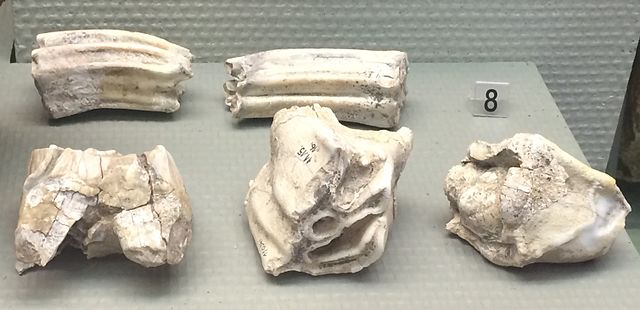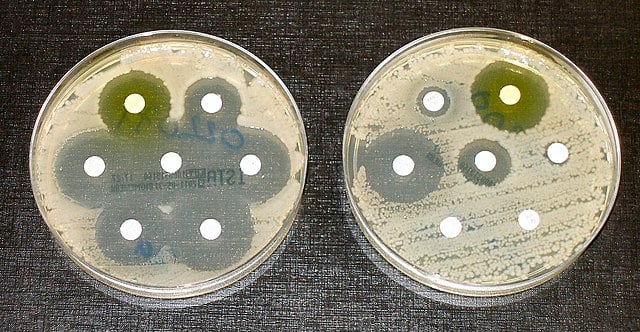
A recent study suggests that peculiar bacteria found in the teeth of Neanderthals could potentially contribute to the development of innovative antibiotics in the future.
This groundbreaking research focuses on the analysis of dental plaque, both from ancient and modern humans, with the aim of understanding the evolution of microorganisms residing in the human mouth.
In simple terms, every individual possesses a unique collection of microscopic organisms in their oral cavity, known as the oral microbiome. This microbiome consists of numerous species and varies depending on an individual’s surroundings and lifestyle.
Novel technique to examine hardened dental plaque
To delve into the oral microbiome of our ancient ancestors, Christina Warinner, a biomolecular archaeologist from Harvard University, devised novel techniques to examine hardened dental plaque, scientifically referred to as calculus or tartar.
Warinner explained that dental calculus is remarkable because it has the ability to fossilize while a person is still alive, making it a treasure trove of ancient DNA and invaluable information about our past.
The technique involves using a tiny amount of hardened dental calculus to extract a multitude of small pieces of DNA. These DNA fragments come from various species and are all mixed up together. Warinner is then able to piece together these fragments and identify the different species present.
This method becomes even more challenging when dealing with ancient remains because the DNA found in the dental calculus could come from microbes that no longer exist.
Subjects of the recent study
In a recent study, Warinner and her team examined dental calculus samples from 12 Neanderthals, a close relative of ours that is now extinct. They also analyzed samples from 34 ancient humans and 18 present-day humans who lived in Europe and Africa over a span of 100,000 years. The researchers managed to sequence more than 10 billion DNA fragments from these samples and reconstructed 459 bacterial genomes.
Remarkably, about 75% of these genomes matched known bacteria found in the human mouth. Scientists focused their attention on two types of bacteria belonging to the Chlorobium genus. These bacteria were discovered in the remains of individuals who lived during the Upper Pleistocene era, which spanned from 126,000 to 11,700 years ago.
These bacteria species are not an exact match for any known species, but they bear a resemblance to C. limicola, which is commonly found in water sources associated with caves.
Inferences from the study
According to Warinner, it is likely that the people living in these cave environments contracted these bacteria by drinking contaminated water. The presence of these Chlorobium species was significantly reduced in the dental plaque of individuals who lived in the past 10,000 years.

Over the course of approximately 100,000 years, spanning from the Upper Pleistocene to the Holocene period (11,700 years ago to the present), humans have inhabited caves, domesticated animals, and introduced modern materials like plastics.
Each of these lifestyle changes has led to the development of distinct bacterial communities. The fluctuations in Chlorobium abundance appear to correspond with the evolving lifestyles of our ancestors.
BGCs to develop antibiotics
Scientists on the team have examined groups of genes called biosynthetic gene clusters (BGCs) in order to identify the enzymes produced by Chlorobium species. These BGCs are responsible for the creation of specific compounds and by studying them closely, researchers hope to develop fresh medicines.
When the Chlorobium BGCs were introduced into living bacteria, they generated two previously unknown enzymes that could potentially be involved in photosynthesis.
According to Warinner, “Bacteria are the source of virtually all our antibiotics — we really haven’t discovered any new major classes of antibiotics in the past couple years, and we’re running out.” She further said, “These methods give us the chance to look for potential antibiotic-producing BGCs in the past.”
See all the latest news from Greece and the world at Greekreporter.com. Contact our newsroom to report an update or send your story, photos and videos. Follow GR on Google News and subscribe here to our daily email!



